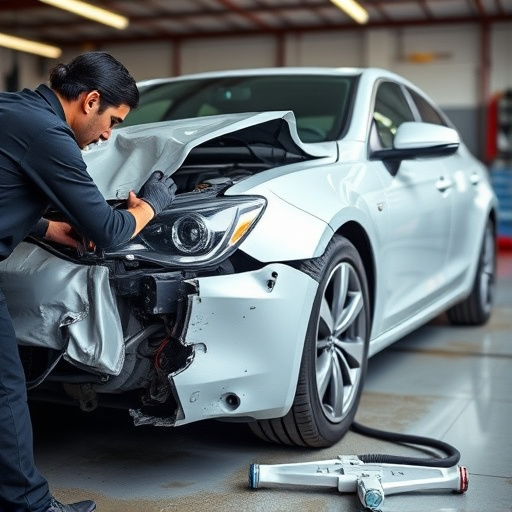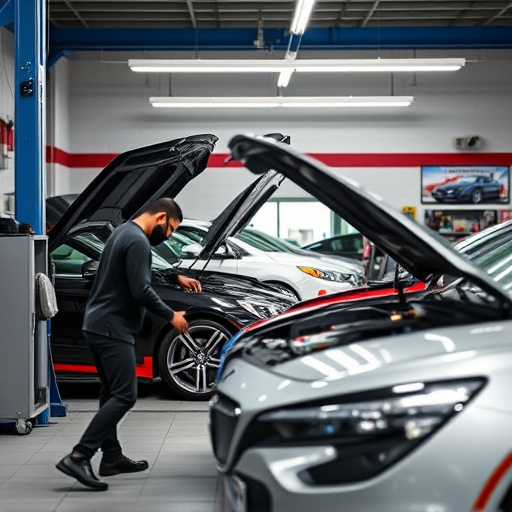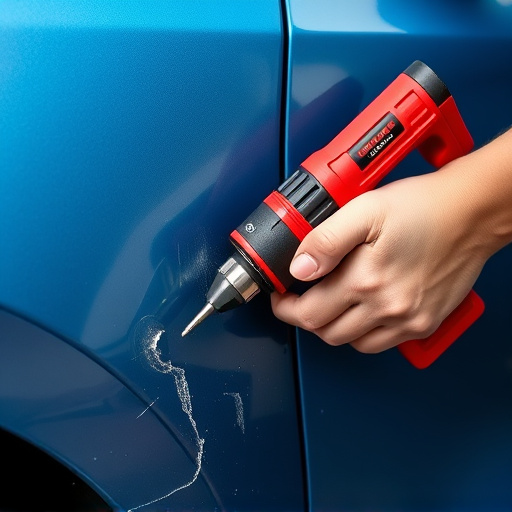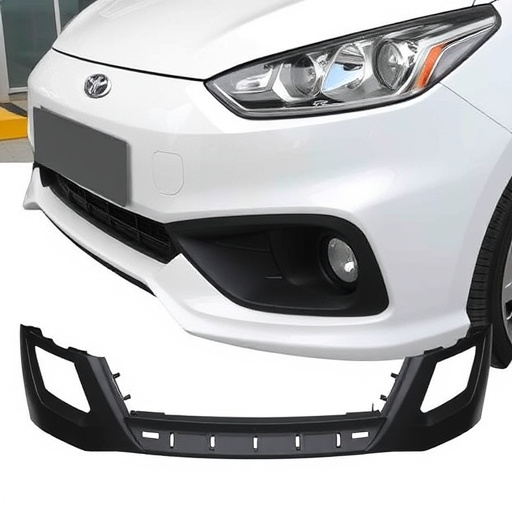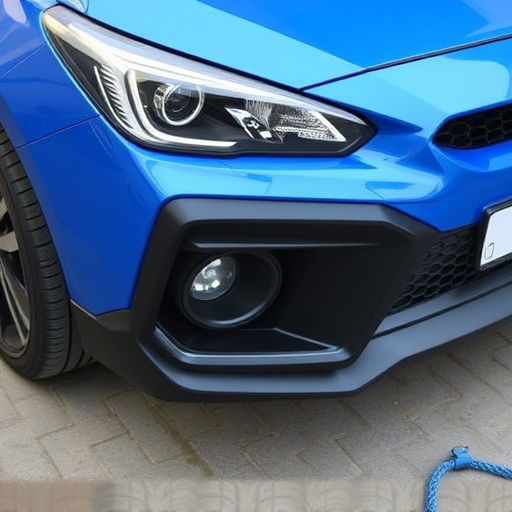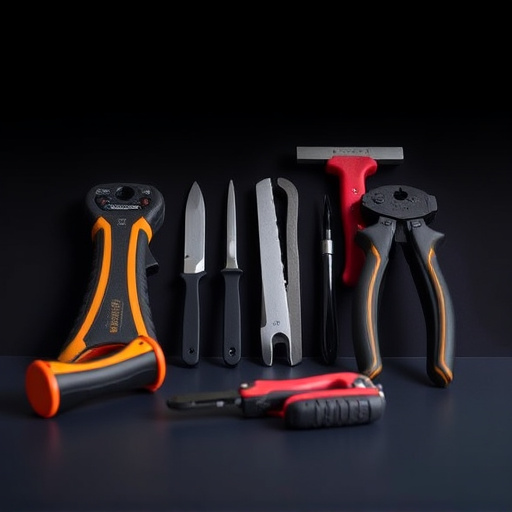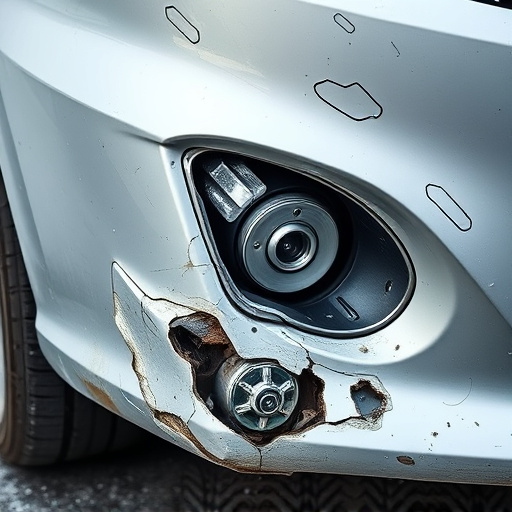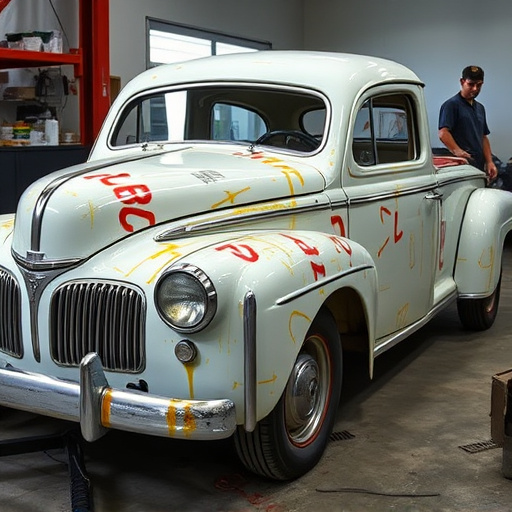Dent repair without painting offers a modern, cost-effective alternative to traditional automotive bodywork for minor dents, dings and scratches, preserving factory finish and minimizing material waste. For severe structural damage or classic/vintage cars, traditional methods are preferable. This eco-conscious approach provides quicker turnaround times compared to repainting while maintaining vehicle authenticity.
Are you considering dent repair options for your vehicle? The choice between modern dent repair without painting techniques and traditional bodywork can be daunting. This article breaks down these two methods, highlighting their unique advantages and considerations. Discover why some opt for the innovative, time-saving, and paintless dent repair approach, while others still prefer conventional bodywork. Make an informed decision with our comprehensive guide.
- Understanding Dent Repair Without Painting Technique
- Advantages of Modern Method Over Traditional Bodywork
- Considerations and Limitations: When Traditional May Be Better
Understanding Dent Repair Without Painting Technique
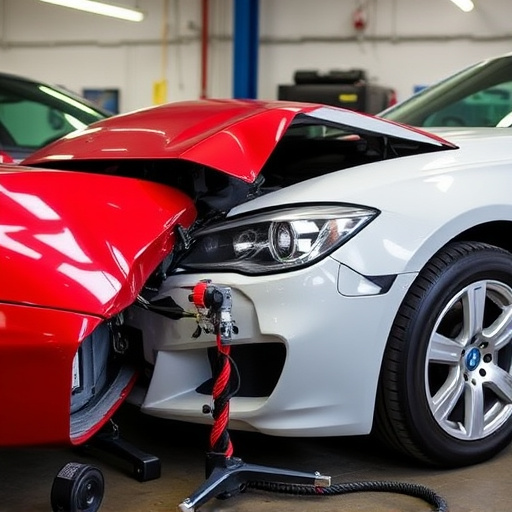
The “dent repair without painting” technique is a modern approach to automotive bodywork that offers an alternative to traditional repainting methods. Instead of applying new paint over damaged areas, this process focuses on restoring the car’s surface to its original condition using specialized tools and techniques. It involves carefully extracting the dent, smoothing the panel, and sometimes using adhesives or primers to ensure a durable fix. This method is particularly popular for minor dents, dings, and scratches, as it preserves the original factory finish and color match.
This innovative approach has gained traction due to its efficiency and cost-effectiveness, especially when dealing with hail damage repair or collision center scenarios. By avoiding the time-consuming and costly process of repainting, dent repair without painting can significantly reduce autobody repairs while minimizing potential risks associated with paint mismatch or poor finishing.
Advantages of Modern Method Over Traditional Bodywork
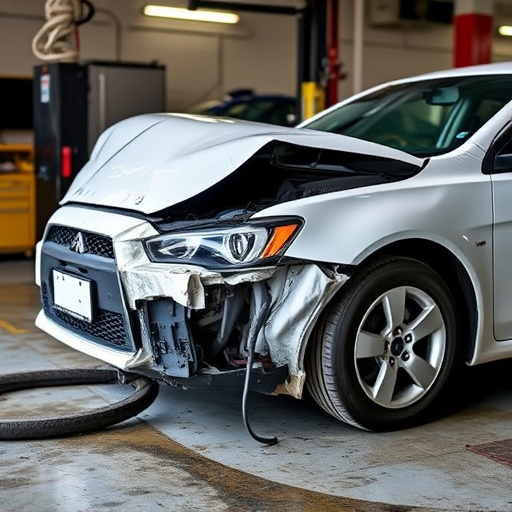
The modern approach to dent repair without painting offers several advantages over traditional bodywork methods. This innovative technique has revolutionized the auto repair industry by providing a faster, more efficient, and environmentally friendly solution for car scratch repairs and minor dents. One of the key benefits is the preservation of the original factory finish, ensuring your vehicle retains its sleek and authentic appearance. With traditional bodywork, repainting is often necessary after repairs, which can be costly and time-consuming. By avoiding the painting process, dent repair without painting reduces the risk of color mismatch and maintains the car’s overall value.
Additionally, this modern method is more precise and less disruptive to the surrounding panels. It involves specialized tools and techniques that gently push out the dented area back to its original shape, leaving no traces of damage or unsightly marks. This precision repair reduces the need for extensive body shop work and minimizes material waste, making it an eco-conscious choice. Moreover, customers can expect quicker turnaround times, as the process eliminates the waiting period associated with traditional repainting techniques, resulting in a more convenient experience at the car body shop.
Considerations and Limitations: When Traditional May Be Better

When considering dent repair without painting as an alternative to traditional bodywork, it’s crucial to recognize when the latter might be a more suitable option. Several factors come into play, especially in cases where significant structural damage is involved. Traditional automotive repair methods are often necessary for vehicles that have experienced severe accidents or impacts, as they can accurately restore the vehicle’s structural integrity and safety features.
Additionally, for classic or vintage cars, traditional bodywork may be the preferred choice due to the need for precise craftsmanship and the availability of specific original parts. Tire services and vehicle body shops equipped with advanced equipment are better suited to handle complex repairs, ensuring a more seamless fit and finish. While dent repair without painting offers environmental benefits and can be cost-effective for minor dents, it has its limitations when dealing with extensive damage or preserving the vehicle’s original aesthetic, making traditional bodywork the superior choice in these scenarios.
When it comes to choosing between dent repair without painting and traditional bodywork, the modern approach offers numerous advantages. It not only preserves the original factory finish but also streamlines the repair process, saving time and money. However, traditional bodywork still holds value for complex repairs or when maintaining classic cars that require meticulous attention to detail. Ultimately, the best method depends on the specific needs and preferences of each vehicle owner, with dent repair without painting emerging as a revolutionary option in the modern automotive care landscape.
